A sturdy roof safeguards homes from outside elements, yet it doesn’t last forever. Age and deterioration of roofing materials are part of the natural lifecycle. However, this type of anomaly is distinctly separate from weather-induced damages. Navigating between the nuances of age-related wear & tear and weather-induced damage is crucial to your line of work as an insurance adjuster.
Age and deterioration anomalies in roof insurance
Roofing materials, especially asphalt composition shingles, come with an expiration date. They gradually lose their defensive capabilities against nature’s elements, even without the interference of weather-induced damage.
Identifying age & deterioration — such as granule loss or discoloration — is a key part of any insurance claim assessment. But you need to know what to look for. For a comprehensive inspection, especially if you can’t see the signs clearly from the ground, using ladder assist services can help you identify problem areas.
Accelerated deterioration: Causes and indicators
Roofs can sustain damage more quickly with insufficient care. Sometimes, this happens because of neglect, but other factors can speed up roof deterioration. To spot and understand this type of damage, keep an eye out for:
- Branches from plants and trees rubbing against the roof
- Poor/insufficient ventilation
- Algae, lichen, or moss growth, especially in areas that don’t get a lot of sun
- Clogged gutters filled with debris
- Poor repairs and quick fixes, like using a tarp or sealant to cover a leak
- Wind, rain, and sunlight exposure
- Foot traffic from repeated access
- Poor installation of holiday lights, satellites, antennas, etc.
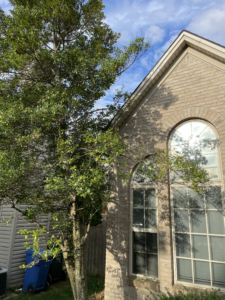
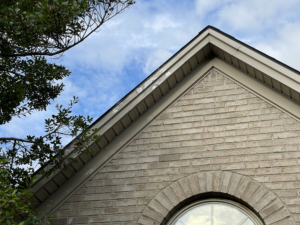
Age and Deterioration vs Peril-Related Damage
Telling the difference between age and deterioration vs weather-induced damage requires a careful look and a good understanding of how damage occurs.
Signs of Age and Deterioration
Roofs, just like everything else, show their age in different ways. Look for some of the basic signs that your roof might be revealing the marks of time:
-
- Thermal cracking: Horizontal or vertical cracking observed on shingles or ridge caps, caused by thermal expansion/contraction cycles and/or foot traffic, can be an indication of age and deterioration.
- Fading color: Roof discoloration and/or color discrepancies can be an indication of age, stemming from oxidation build-up on entire facets or from appurtenances producing rust that drains across a slope or it can be the result of materials from different manufacturing facilities (mismatched lot numbers, shingles not matching in color perfectly).
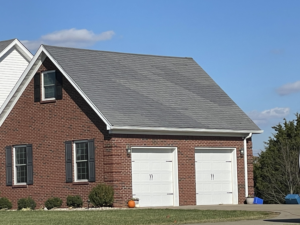
- Granule loss: Small, darker areas often point to a loss of granules on the shingles (exposed asphalt bitumen), which means they’re wearing out and can’t protect against the weather as well (ceramic granules on asphalt composition shingles protect the other materials of a shingle from weather exposure).
- Oxidation: Extensive oxidation on surfaces, shingles included, can be an indication of age. This is also a great piece of evidence to document when trying to determine recent hail activity or the lack thereof.

Causes of Age and Deterioration
When a roof starts to deteriorate or break down, knowing what causes it and what signs to look for is crucial for an accurate inspection. The roof/property may display certain signs, including:
-
- Materials: Low-quality materials, such as neoprene collars around pipe jacks rather than lead sleeves, aren’t designed to last as long as the main roofing material (shingles) and will deteriorate long before the 20 or 30-year intended lifespan of shingles, which can cause leaks and accelerated deterioration of the overall roofing system.
- Poor installation: Not enough fasteners in shingles, improperly spaced sheathing, spaced/missing H-clips, improperly flashed headwalls/sidewalls, improperly secured/flashed appurtenances, and incorrect or missing materials in highly vulnerable areas such as valleys are all indicators to watch for.
- Sunlight and wind exposure: Slopes facing west or south are likely to show signs of aging sooner than other facets as these directional slopes experience the highest amount of sun degradation, storm activity, and everyday wind exposure.
- Surrounding trees: Branches from nearby trees/shrubbery can scrape against the shingles, fascia, drip edge, siding/, window screens, etc., causing them to experience premature wear and tear. Also, heavily shaded areas of roofs (unable to effectively dry) can give rise to algae, lichen, or moss growth that will accelerate material degradation.
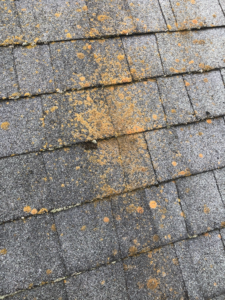
- Ventilation: The key to the longevity of a roofing system is proper ventilation. Insufficient ventilation (not enough intake/outtake), or mismatched ventilation types (ridge vents used in conjunction with box vents or turbines not pulling from eaves) can lead to accelerated aging of asphalt composition shingles.
Identifying weather-induced roof damage
Unlike roof age and deterioration, weather-induced damages often stem from severe weather events or accidents. Each type has unique characteristics to look out for during an inspection.
-
- Hail damage: Concave impressions in shingles, granules embedded in asphalt bitumen, fracturing or bruising to fiberglass reinforcement mat, elements of randomness only produced by real storm activity, spatter marks (removal of oxidation from surfaces), collateral damage to soft metal.
- Ice damage: Ice damming occurs during heavy precipitation and freezing temperatures. Heavy ice buildup along eaves prevents water drainage by gutter systems. The first area to thaw is the shingle surface and water is not allowed to properly drain due to ice damming. This causes moisture to back up under shingles (shingles are not a water-tight material). North-facing areas are most vulnerable due to limited sun exposure. Ice and water shields are part of the building code for northern states but not nationwide.
- Fallen trees and limbs: Punctures, fractures, blunt force trauma by fallen limbs or whole trees, heavy scraping or marring can all significantly reduce the lifespan of materials.
- Wind damage: Missing, creased, or torn shingles, missing or damaged materials such as fascia, fences, and shutters consistent with storm and strong wind activity.
- Fire or smoke damage: Spot warped, charred, or visibly burnt roofing materials and any lingering smoky odor.
Understanding these indicators can help you categorize claims accurately and validate them against policy coverage.
Claims evaluation best practices
Roof damage doesn’t always stem from recent events. Lack of maintenance or exposure to various elements over the years can result in normal signs of age and deterioration. Effective claims evaluation goes beyond assessing the current state of a roof and involves a deeper understanding of material lifespan and factors that influence degradation. Look at the materials and location, and consider the age and general upkeep of the roof as you make your evaluations.
While age and deterioration assessments are crucial in defining coverage and settling claims in the insurance world, signs aren’t always visible from the ground. Leveraging ladder assist services can be a key tool for insurance adjusters and carriers, providing a secure and efficient method for inspecting roofs. Experience the benefits by scheduling a ladder assist with Knight’s Solutions today.
Knight’s Solutions technicians conduct inspections and provide emergency services, guided by the acting adjuster. Our HAAG certified professionals utilize technology to provide thorough documentation, offering advisory support to insurance adjusters. Operating independently of insurance companies, our non-binding assessments provide an impartial perspective, assisting in informed decisions on potential damage. Not licensed claims adjusters, we acknowledge the final decision rests with the insurance company and designated adjuster regarding the validity of our documentation and claim settlements.

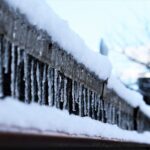
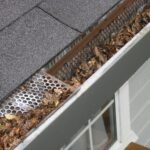
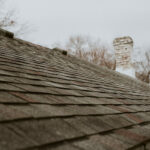

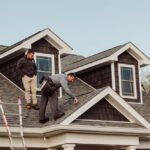


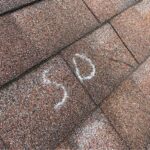
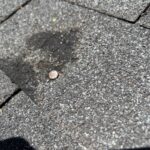
Recent Comments